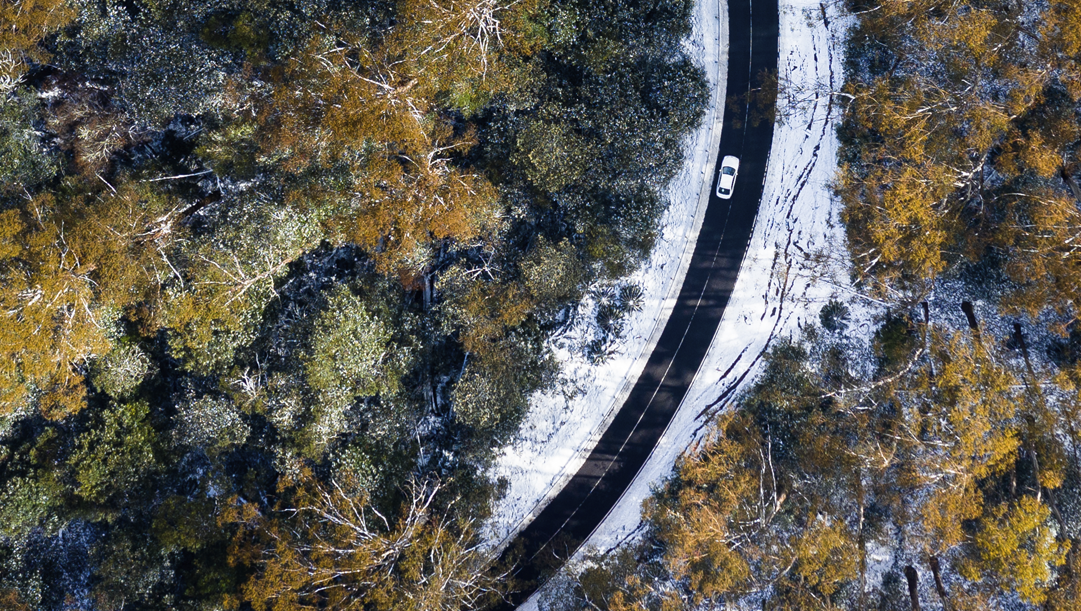Vrio´s tip-top drivers guide to safe winter driving 2020
1. Route planning
Check your route in advance and allow sufficient extra time for your journey. Route planning software will often provide live traffic updates to help you understand if your specific journey will be impacted by adverse traffic or weather conditions.
2. Regular Weather Updates
As we know the weather is extremely unpredictable and can change quickly. Therefore, it is important to continually check the weather information and keep up to date with changing conditions along your route and at your final destination.
3. Tyre tread depth & Winter tyres and snow chains
Check your tread depth to ensure that they are suitable for the conditions. You may want to consider installing winter tyres for the colder months. For International Haulers, remember that winter tyres and snow chains are mandatory in some European countries during winter months.
4. Kit check
In addition to your standard kit, for winter driving you should also consider carrying:
- De-icer
- Window scraper (or two)
- Warm clothes, boots & gloves
- Torch & spare batteries
- Food and warm drink in a flask
- Spare battery charger
- Compact shovel
- Strong large sacks to place under the wheels in the event of getting stuck
- De-icing salt
5. Vehicle Check & Preparation
Ensure that your vehicle, and especially mirrors, windscreen and lights are clear of any ice or snow before starting your journey. This will not only help your own visibility, but also other road user’s ability to see you and will avoid any snow spill when travelling.
6. Avoid harsh braking
This is a must – avoid any harsh braking and on icy roads refrain from using the engine brake or retarder.
7. Reduce your speed & Maintain your distance
Slow down and keep your distance, stopping distances can increase by 10 times in adverse weather conditions. Slowing down and maintaining a safe distance can give you the extra time and space needed to help avoid an accident.
8. Stop in a safe place
Where and when possible avoid stopping on the roadside. In low visibility situations, when driving in winter, especially ‘blinding snow’, it is easy for other vehicles to misjudge your position on the side of the road for being on the road, potentially resulting in an accident.
9. Keep fuel tanks topped up
The additional weight you are able to add to your vehicle, will improve the traction you will get on the road. Keeping your fuel tank topped up will help achieve this and also ensure you have sufficient fuel should you encounter any delays.
10. Be ready for icy roads
Unlike snow, ice is often invisible (particularly in darkness). If you feel your steering is light, you may be driving on ice so avoid making any sudden turns, and gradually reduce your speed suitable to the road conditions.




